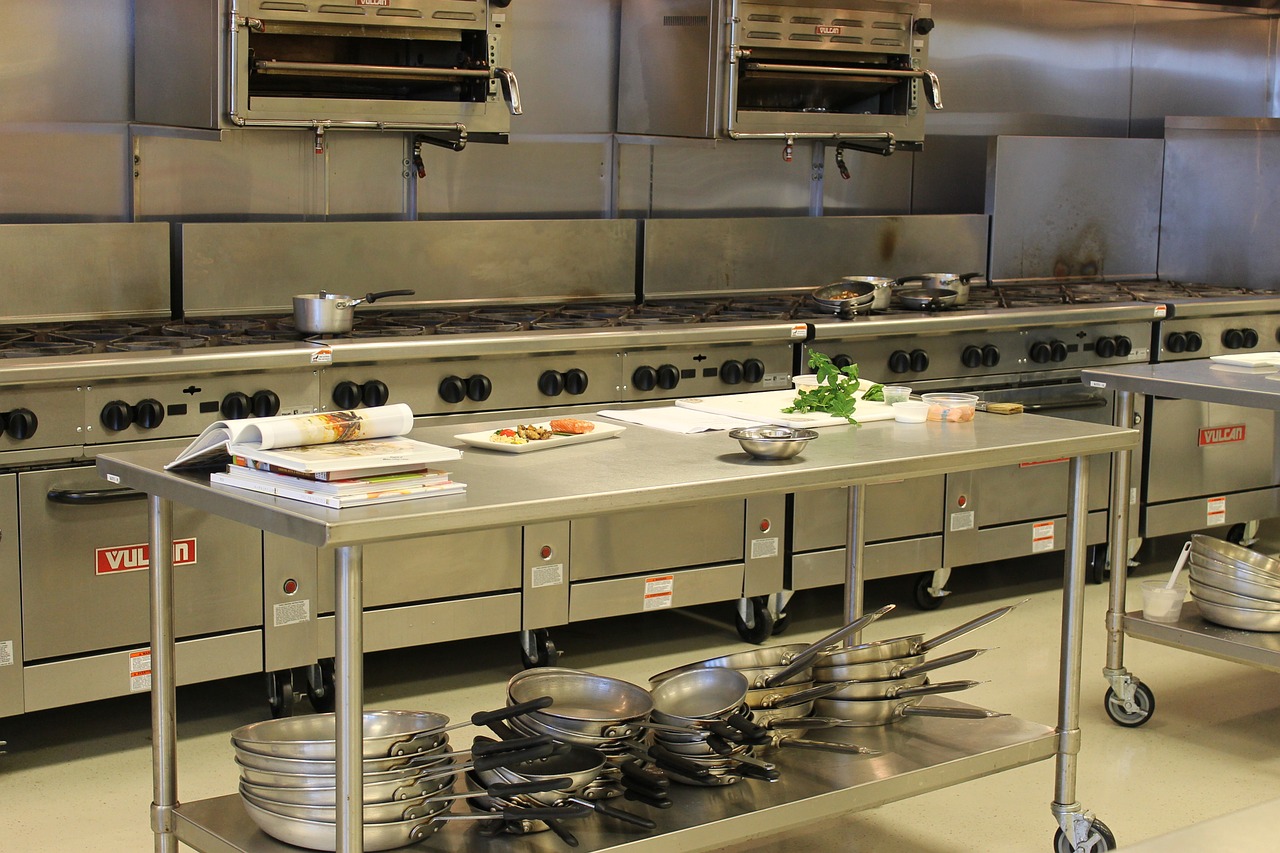
Smart, efficient, and effective ventilation is critical for any commercial kitchen. When a larger kitchen space is properly ventilated, it improves working conditions for employees—maximizing their productivity, wellbeing, and happiness—and saves money through decreases in utility costs. While commercial kitchen ventilation is important to any facility, many building owners and kitchen managers don’t know that their ventilation systems aren’t working to their full potential.
There are two primary ways to improve ventilation of a commercial kitchen space. Both are highly effective ways to cut utility costs, improve working conditions, and increase the comfort of the space.
HVAC Testing, Adjusting, and Balancing
Unbalanced HVAC systems can lead to a variety of problems within a facility that extend even beyond the effectiveness of a ventilation system. These can include:
- Drafts and hot/cold pockets
- Negative air pressure
- Condensation
- Poor air quality
- Mold and mildew growth
- High humidity
- Increased utility costs
HVAC testing, adjusting, and balancing (TAB) services provide a detailed report on your HVAC systems, identifying issues and allowing you to get out ahead of fixing them before them become a larger problem for not only your commercial kitchen space, but the rest of your building as well. These tests can be conducted and concluded within a matter of days, and the resulting adjustments can be made in the days following, depending on the work that needs to be done. The results of TAB services can be significantly impactful on the comfort and costs of any commercial kitchen.
Demand Control Kitchen Ventilation Systems
Demand control kitchen ventilation systems (DCKV) are automated kitchen hood controls that control the fans placed within commercial kitchen hoods. These systems are highly effective at increasing the efficiency of the kitchen hood ventilation by:
- Detecting temperature changes and cooking effluent in cooking spaces
- Automatically increasing and decreasing fan speeds when increased temperatures and effluent are detected
- Decreasing fan speeds to minimal levels when they are not needed
All of this results in significant utility cost savings for commercial kitchens. Kitchen hood ventilation systems only operate as needed, not at 100% power all the time. Because the sensors in DCKV systems detect cooking activity, they also more effectively vent out smoke and effluent right away, creating a safer and more comfortable environment for kitchen staff.
DCKV systems have been known to:
- Save over 75% of fan energy usage
- Reduce the amount of conditioned air that is lost by up to 40%
- Pay for themselves in as little as one year
These systems also work with most existing commercial kitchen hoods, meaning facilities do not need to invest in significant upgrades to the ventilation systems they already have. They are a cost-effective way to effectively ventilate a space and save money while doing so.
Need TAB services for your building? Looking to install a DCKV system in your kitchen? Let the experts at Melink help. Get in touch with us today for a free quote or more information.
